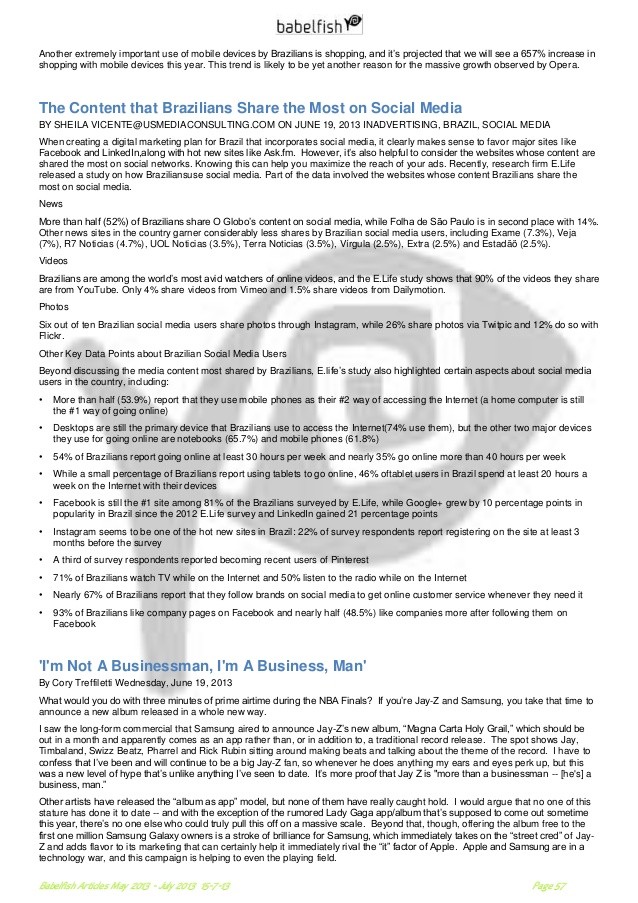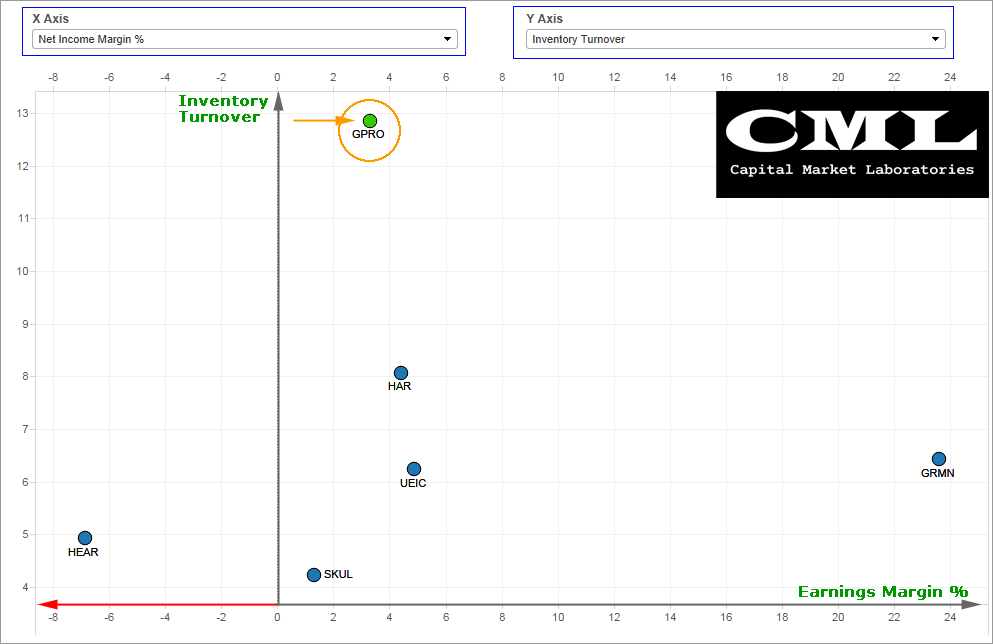Trade In The Right Direction Understanding TrendRange Axis (AAPL GPRO)
Post on: 19 Август, 2015 No Comment

So you think that you know the difference between an uptrend. downtrend and trading range. Think again because most folks get it wrong — throwing money at a stock, futures contract or forex cross, thinking a new trend is underway when the security is actually rangebound. transitioning from support to resistance (for related reading, refer to Support And Resistance Basics ) or vice versa. These trend relativity errors hold rank as some of the greatest profit killers in the performance of many traders and market timers.
Let’s take a closer look at trends and ranges. highlighting differences in pattern structure and technical output, so we can build strategies that work in alignment with price movement through all the phases of development. This effort should improve our bottom lines while allowing us to deconstruct market impulses into more easily understood chunks of buying and selling power.
Markets cycle continuously between directional trends and compressed ranges in all time frames. Ranges evoke negative feedback energy that push securities between well-marked boundaries, yielding low price rate of change over time. Trends, higher and lower, evoke positive feedback energy, signaling high price range of change that pushes securities well beyond easily observed support or resistance (for additional reading, see Technical Analysis: Support And Resistance and Interpreting Support And Resistance Zones ). Momentum that triggers range breakouts (for related reading, refer to 3 Reasons Not To Trade Range Breakouts ) and breakdowns signals a shift from negative into positive feedback (for related reading, refer to Using Feedback To Improve Your Trading ), while climax events that trigger tops and bottoms signal a shift from positive into negative feedback. Trading opportunities escalate rapidly near feedback interfaces.
A completed trend needs an extended resting phase to absorb instability and shake out complacency. This is one reason why directional movement tends to persist just 20% of the time in most markets, securities and time frames. Ranges take control of the tape the other 80% of the time, grinding out support and resistance levels that eventually yield trend continuation or reversal. Volatility and volume decline progressively during these resting phases, as traders get bored and move on to other instruments. Range bars (for related reading, refer to Range Bar Charts: A Different View Of The Markets ) eventually reach a trigger point that shifts feedback from negative to positive, generating sufficient momentum to set the next trend leg into motion.
Apple (AAPL ) alternates between trending and range-bound action over a 2½-year period. Trading ranges occupy the vast majority of territory, giving long- and short-term positions plenty of opportunity to get shaken out. The 21-day price rate of change (PROC) highlights the elevated risk of holding the stock for one month, with seven periods that posted negative returns after the uptrend began in July 2013. Independent trend and range construction on the weekly and 60-minute charts add a final layer of complexity to a deceptively simple uptrend.
Trend Relativity
All markets exhibit trend relativity when viewed through different time frames. As a result, the same security may show an uptrend on the daily chart, a downtrend on the weekly and a trading range when looking at 60-minute price bars. These relative time segments generate two important characteristics. First, they organize market identity into holding periods from the 1-minute scalper (for related reading, refer to Introduction To Trading: Scalpers ) up to the monthly investor. Second, they generate conflicting overbought and oversold signals (for related reading, refer to Overbought Or Oversold? Use The Relative Strength Index To Find Out ) that form the basis of numerous profit strategies.
GoPro (GPRO ) shows how classic buy-the-dips strategies benefit from trend -range analysis. The stock enters a 60-minute uptrend that stalls in mid-September. It grinds sideways to lower for over a week and then resumes its upward trajectory into October. The 14-bar Average Directional Indicator (ADX) measures trending intensity while ignoring direction. It prints a lower high ahead of the price top, signaling the start of negative feedback that ends after it strikes a six-week low. Note how volume matches price, peaking in the same session and dropping steadily with the ADX. Both indicators then reverse at the same time, signaling positive feedback and renewed momentum that lifts price to an all-time high.

Swing vs. Momentum Trading
Range-bound action favors swing trading strategies (for related reading, see Introduction To Swing Trading ) that buy and sell within well-marked support and resistance boundaries. This price sensitive technique often exhibits limited reward potential, requiring narrow entries, tight stops and aggressive exits. Trending action favors momentum strategies (for related reading, refer to Use The Momentum Strategy To Your Advantage ) that chase securities higher or lower using trailing stops (for additional reading, refer to Trailing-Stop Techniques ), while technicals are monitored to avoid shifts in price behavior that could translate into sizable losses.
Different trading tactics capitalize on each stage of price development but many folks misinterpret their relative location, applying the wrong strategy at the wrong time, or limit their activity to a generic style that fails through most market stages. You will avoid many of these pitfalls after you internalize this summary of complex trend-range mechanics:
- Price movement demonstrates both directional trend and non-directional range.
- Range motion alternates with trend movement.
- Trends reflect positive feedback where price builds incrementally in a single direction.
- Ranges reflect a negative feedback where price pulses between minimum and maximum but does not build direction.
- Trends reflect an upward or downward bias.
- Trend change requires a range that yields positive feedback in the opposite direction.
- Ranges build repeating patterns and a bias for continuation or reversal.
- Movement out of ranges continues the existing trend or reverses it.
- Ranges overlap with trends in their final stages.
- Range volatility tends to peak at the interface between a trend climax and the starting point of the new range.
- Range volatility tends to hit bottom just before the starting point of a new trend.
- High range volatility = wide range bars, high volume and low price rate of change.
- Low range volatility = narrow range bars, low volume and low price rate of change.
- Range breakouts and breakdowns signal a shift from negative to positive feedback.
- High trend volatility associated with the end of positive feedback induces non-directional price movement.
- Low range volatility associated with the end of negative feedback induces directional price movement.
- Negative feedback registers on oscillators but triggers whipsaws on momentum indicators.
- Positive feedback registers on momentum indicators but gives false readings on oscillators.
The Bottom Line
Trend-range alternation spawns different trading styles. When markets ignite into strong trends, momentum traders use the crowd’s high emotional level to seek large gains. The rollover into a trading range marks the dominance of price-sensitive swing trading strategies. Neither category stands apart from the other because the need to adapt to changing conditions forces all traders to apply elements of both strategies to earn a living.














